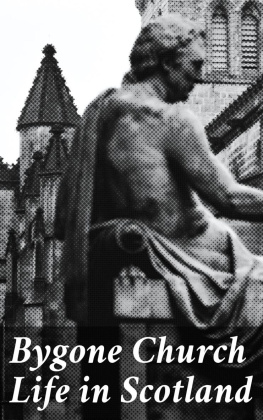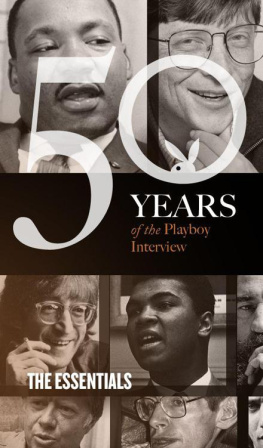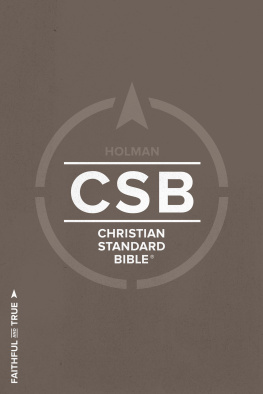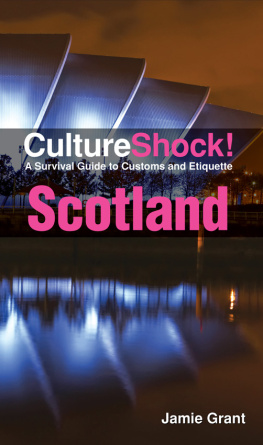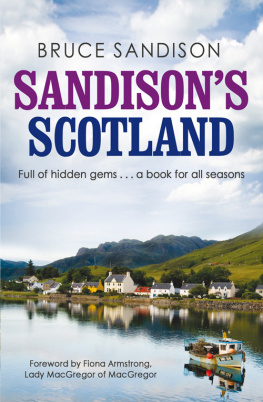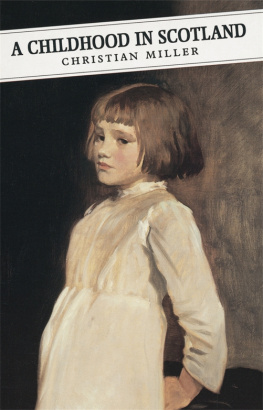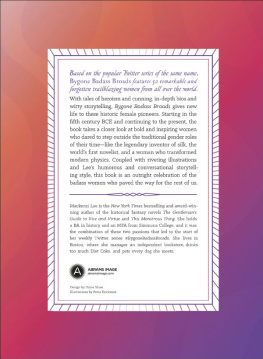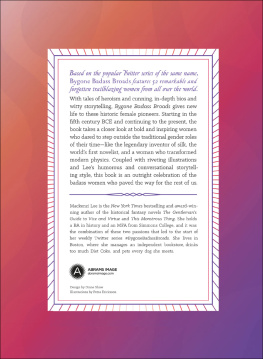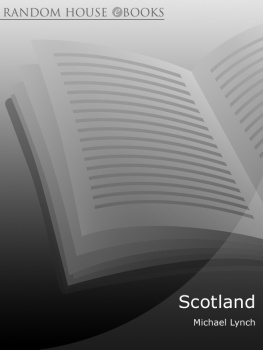The Cross in Scotland.
Table of Contents
By the Rev. Geo. S. Tyack, B.A.
The Reformation in Scotland was of a character more sweeping and destructive than is easy of realisation by an Englishman at the present day. In the southern kingdom much that as symbolism was valuable, and as art was admirable, was wantonly given over to the hammer or the flames at that time; but one learns to be thankful for the many works of glory and of beauty that were nevertheless left to us, when one turns ones eyes to the northern realm. Carried away by the violence of the most extreme men, the Reformation there became a veritable revolution, in which everything that spoke of earlier times was condemned, and was treated as if it were a sacrament of Satan; and the attempt was seriously made to render the Kings Daughter yet more glorious within by stripping her of every shred of her clothing of wrought gold. Religion, that it might be more truly spiritual, was to be sent forth into the world absolutely naked of every external sign or form. The furniture of the churches was torn out, and sold or burnt; the statues of the saints were of course broken up; but the organs were also pulled down, and even the carved stalls and screens of the cathedrals were declared to be idolatrous. Nothing illustrates more strongly, and more curiously, the indiscriminate frenzy of destruction which for a time took possession of the people, than the fact that monuments and tombstones were even condemned as superstitious and sinful. Only a comparatively few of all the many memorials of Scottish worthies of earlier centuries escaped demolition, and this not wrought by the mere violence of a turbulent mob, but by formal resolutions of the General Assembly in the seventeenth century. In 1640 the Kirk Session of Aberdeen ordered the removal of a portrait of Reid of Pitfoddels from the vestry of the church, on the ground of its smelling somewhat of Popery; and in 1649 a similar authority at Kilmarnock condemned a graven image on the tomb of Lord Boyd. This action was taken, no doubt, in obedience to the summons issued by the General Assembly in 1640 to the presbyteries to complete the removal and destruction of all monuments.
Such being the state of feeling in Scotland, we are not surprised to find that the sign of our salvation was found even more obnoxious by the leaders of the movement there than it was among their brethren in England. With the latter, when the interiors of the churches were swept bare of crosses, the passion for destruction was stayed so far as that emblem was concerned; on spire and gable, on tomb and tablet, in churchyard and market-place, the stone crosses were for the most part left; and even when, under the Puritan regime of the following century, an attempt was made to pull down these by Parliamentary authority, the popular feeling was so far from being strongly in its favour, that the work was by no means done thoroughly and completely.
In spite of all that was intended, and even attempted, Scotland has, nevertheless, retained some examples of the ancient crosses, which are well worthy of our attention. In remote places the sacred sign has been spared in scattered instances for more appreciative days; in more populous centres the cross has been preserved in a secularised form, its symbol gone, and with it its meaning; but amid the wreck of so much, we must receive gratefully the fragments that remain.
The strictly church crosses, those that once stood on altar or on rood-screen, that led the stately procession, or cast their benign shadows athwart the graves of the faithfulthese were all swept away. The Synod of Fife held, at the time of the Reformation, visitations from time to time, to search out and remove crosier staffes and divers crosses, as well as other ancient furniture, from the parish churches; and in so doing, doubtless, it was but acting as the other Synods of the country did. The old crosses in the churchyards, many of them of great age, and probably most interesting pieces of sculpture, were almost all destroyed. The market crosses, however, have in several cases survived, although the national emblem, the unicorn, has usurped the place of the Christian symbol, the cross; and the attack upon mortuary memorials was not altogether successful; in fact, it was hardly to be expected that any people would consent to the entire obliteration of the grave-stones of their ancestors.
The most famous existing example is the High Cross, or Market Cross, of the capital. The date of the foundation of this structure is unknown. Not far from its site is an ancient well, known as the Cross Well, from which some have conjectured that possibly the earliest cross was reared by some unknown teacher of the faith, who, in a far distant age, established himself in a cell beside this clear spring. Such a spot, we know, was often chosen by these apostolic teachers, and not infrequently a rude cross, erected hard by, served to mark the place as, in some sort, a sanctuary. Our first authentic allusion to this Cross is, however, of a date some centuries later than this. In 1175 William the Lion (1165-1214) decreed that all merchandisis salbe presentit at the mercat and mercat croce of burghis. From this, we may safely conclude that Edinburgh had a recognised Market Cross by that date, since we can hardly imagine that the capital was without a symbol that was evidently usual in the burghs of the country. A reference to the Cross is supposed to be contained in a document of 1437. The assassins of the noble but unfortunate King James I., who was barbarously slain in the February of that year, are said to have suffered for their crime mounted on a pillar in the market-place in Edinburgh. Ten years later we meet with a definite reference to this structure; the Charter of St Giless Church, dated 1447, contains the words ex parte occidentali fori et crucis dicti burgi, on the west side of the market-place and of the Cross of the said burgh. King James III. (1460-1488), in an epistle to the citizens of his capital written in October 1477, ordains that all pietricks, pluvaris, capones, conyngs, checkins, and all other wyld foulis and tame to be usit and sald about the Market Croce and in na other place. At this time, therefore, we find the Cross established as an acknowledged centre for commercial Edinburgh, such as it was in the fifteenth century.
The exact form of this early Market Cross is as doubtful as the date of its foundation. The pillar of the present erection is the same as that in the earliest historical notices which we have of it; but whether this originally stood upon a simple pedestal, upon a pyramid of steps, or upon an elevated platform like that of a later date, we cannot say. It has been thought probable, however, that the Cross was raised to its dignified altitude by the addition of the arcaded platform in the time of James III. This monarch was indolent, and unfit for the rule of a somewhat turbulent kingdom, but he was a patron of the arts, and a friend of the Church. Several improvements were made in Edinburgh during his reign, including the enlargement of St Giless Cathedral; hence it is possible that he also took in hand the adornment of the neighbouring Cross. Under James VI., previously to his becoming Sovereign of Great Britain, further alterations were made. In 1555 we read of work at the Cross consisting of bigging the rowme thereof, which is supposed to mean that at this time the open arches which upheld the platform were filled in, so as to form an enclosed rowme below. This room was entered by a door, which was secured with a lock; so that thenceforward only those having some high and official duty to perform, such as publishing a royal proclamation, could ascend to the broad base of the Cross. In the City Treasurers accounts for 1560 are two entries as follows: Item for ane band to ye Croce dur, and Item for mending of ye lok of ye Croce dur. Once more, we read in the same records for 1584, 5 Julii, Item, ye sam day given for ane lok to ye Croce dur, and three keyis for it. There is extant an old engraving giving a birds-eye view of Edinburgh in 1647, from which we may see that in its main outlines the Market Cross was then much as it is to-day; the summit of the shaft (from which, doubtless, the cross had already been flung down) having been surmounted by the heraldic symbol of Scotland at the date of the last-quoted entry from the city accounts. The record concerning it is of a sum payit to David Williamson for making and upputting of the Unicorn upon the head of the Croce.


